Recently after tai chi class I was stopped by a long time student who was frustrated by what he considered a complete lack of progress developing chi energy after years of study. I was heart-broken because I had seen this person’s health improve and watched him weather a job loss and partner’s illness in a very successful way. He was an example of exactly how developing chi energy can make you resilient to what life throws at you and sort of de-age you.
So what was the cause of his feelings? He didn’t have a great understanding of what chi energy was, how to build it, and was comparing himself to very esoteric, religious, and “out there” explanations on the internet. However, there is an easy way to understand what chi is and twelve ways to improve health and energy.
Qi or Chi energy is a Chinese medical and spiritual concept describing the force or current circulating through and between all living things. Thought to be electromagnetic in nature, chi promotes wellness by balancing the organs, circulatory system, and transportation of nutrients to areas of deficiencies.
To truly understand what chi is and how you can benefit, we need to touch on history and science and then dive in to how to diagnose your own energy and how to improve it.
That’s quite a promise so to do this topic justice I have divided it into the following ten sections. You can follow my train of thought or use these links to jump to the place that most intrigues you. I have also included two handy infographics to print and reference later. We will end with my six favorite books on chi for deeper understanding.
An Explanation of Chi Energy
Defining What is Chi Energy
Chi energy (氣) is the vital source of life that runs throughout the body and also permeates all objects in the exterior world. All religious and Eastern traditions reference chi energy but may call it by different names like chi, qi, or prana. It can be developed through practices like tai chi and meditation.
Chi runs throughout the body providing us with health and vitality. Chi is not just a human life force but is believed to flow through all living things. The literal translation in part is “air” or “vapor” which conveys that it gives life to everything and isn’t located or found in one place in the body but permeates all organs tissue and cells.
Chi energy can be assessed medically to determine changes that you may need to make in your life to improve your health. Chi energy is the focus of tradition Chinese medicine because illness is described as a reduction, blockage, or imbalance of chi. Medical intervention such as acupuncture or herbs are intended to improve the flow of chi or address a blockage. Chi is also a focus in martial arts systems and internal practices such as yoga, qigong, and meditation with the intention of improving and balancing chi energy.
How is Chi Spelled and Pronounced
Chi is often also spelled “qi” and “ki” but is most often written “chi” because it is pronounced “CHEE” by most people. Japanese martial artists talking about the body’s energy most often spell it “ki” and pronoun it “KEY” because that is how it is pronounced in Japanese. Chi is spelled “qi” at times because that is how it is typically used in words like “qigong.”
Despite “chi” being the more popular spelling, the use of “qi” is probably better because it differentiates the “qi” from qigong which means “energy practice/set” from the “chi” in tai chi chuan where “chi” means “ultimate” as in “Supreme Ultimate Fist.”
Diehards believe that the western spelling should be “taiji” and “qigong” and they are probably right but that hasn’t caught on yet. Pronounce chi as CHEE, unless you are working out with Japanese martial artists. Spell it as CHI because that is the only way you are going to be able to search it and find the resources you need to understand it.
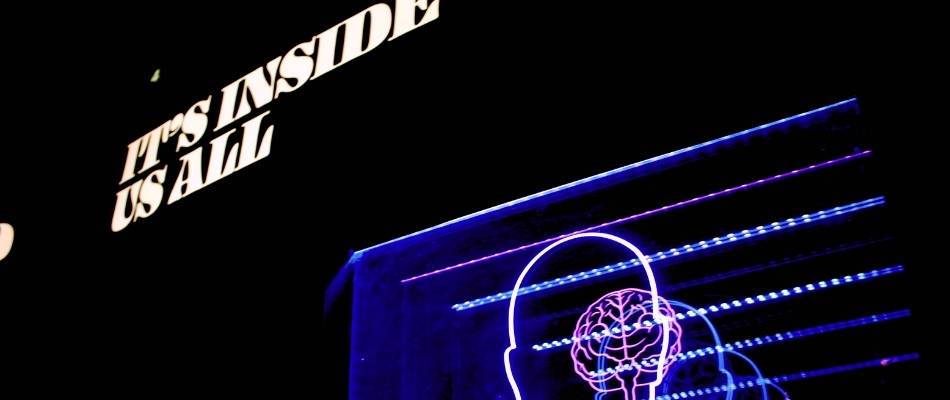
A Scientific Basis for Chi Energy – Where Chi Energy Is Located in the Body
Several eastern systems of religion and thought describe chi energy centers in the body that determine our health and can be accessed and supported with activities to improve our physical and mental state. If this sounds like complete hogwash to you, rest assure that western culture, medicine, and modern takes on our religions do not support it either. At best, they entertain the possibility of its existence but are on standby until some “proof” is offered.
Here is why their position is valid. These chi energy systems cannot be cut into, dissected, seen under magnification, or captured as a specimen. Going further, it is experiential – meaning that you need direct experience to feel it and then have to try to explain your experience through language alone, not data. True scientific discovery is validated by large scale studies and the ability to replicate results. So western medicine and beliefs are not wrong. They are just limited by how they define proof.
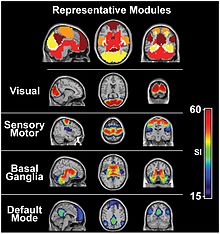
Know that professionally I am a researcher and I spend most of my day living in this very concrete world. For every 10 theories I work on, 9 go on to the trash heap or are shelved because I cannot replicate my results. I owe it to my community to not release results until I have undertaken “the burden of proof.”
Technological advancements such as the fMRI are now enabling these energy fields to be seen and even captured as adepts manipulate, move, and enhance their energy fields. I am excited by this, but am not going to suggest that we are even remotely close to accepting these findings within our culture. What I will share is that these systems have been studied, advanced, and improved for many years (thousands). There is vastness in the diversity of cultures (pretty much every culture) that had some sense of these energy systems and transmitted the ideas through writings or folklore. Let’s take a look at a few and then deep dive into a few that are pertinent to your progress in improving your chi energy.
A Historical Basis for Chi Energy – Science and Folklore about the Energy Centers in the Body
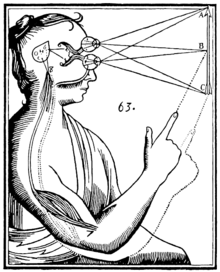
Western scientific inquiry trying to define the powers of the brain span scientific text, mythology, and folklore. Here are just a few expanding across all of written human history:
- Galen (ca. 130-ca. 210 CE), a Greek medical doctor first describes the pineal gland in his 8th anatomical book: On the usefulness of the parts of the body.
- Posidonius of Byzantium (4th century CE): imagination arises in the front of the brain and memory to the hind part.
- Nemesius of Emesa (ca. 400 CE): anterior ventricle is the organ of imagination, the middle ventricle the organ of reason, and the posterior ventricle the organ of memory.
- Qusta ibn Luqa (864–923): On the difference between spirit and soul– the brain controls the flow of animal spirit between the middle and posterior ventricles.
- Descartes (1596–1650): Fascinated with the pineal gland, Descartes wrote two books describing it as the “principal seat of the soul, and the place in which all our thoughts are formed.”
- Magendie (1828): the central brain is “a valve designed to open and close the cerebral aqueduct.”
- Physiology: A few endangered species (tuartara lizard) and fossils from ancient creatures feature a sockets in their skull. Because of the pineal gland’s direct connection to light and sleep, several independent studies hypothesize that the pineal gland served primitive versions of us as a dorsal third eye. (Zrenner 1985).
- Today: Medical qigong is being used to treat practically any ailment.
The Spiritual Connection to Chi Energy Centers in the Body
Here is where West and East divide. This “Third Eye” has long been seen as a link between the spiritual and physical worlds. Western cultures thought about it. Eastern cultures thought about it and actually did something with it. Within their spiritual traditions we find tactical steps to access the healing power of the limbic system and leave the negative chatter behind.
The Chakra System
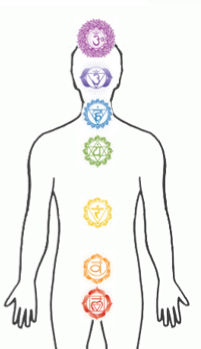
In Hinduism, Jainism and Buddhism, there are seven centers of energy called Chakras that run from the base of the spine to the top of the head. Each energy center in the body is believed to create health and energy when open and create unhealthy mental and physical states when closed.
The 6th Chakra is located in the brain at a point between the eye brows. It is known as Ajna, or the third-eye chakra and is credited with giving us clear thought, and allowing us to “see” life from the view of an observer. This is to say, removed from our emotion and thinking.
The 7th Chakra, the thousand-petaled lotus, is located on the top of the head. Meditation and concentration on this point enables us to raise our energy level to a heavenly state. To experience Nirvana.
The Three Dantians
Chinese martial arts and spiritual systems such as Taoism divide the energy system of the body into three Dantians. These “elixir fields” are focal points during moving and sitting meditation to clean, engage, and improve the energy in the body.
The Upper Dantian is located at the forehead between the eyebrows or third eye and is related to our spirit and/or consciousness. This area is considered a cauldron where spirit (thought) is refined into Wu Wei or emptiness. Sounds nice doesn’t it? Similar to the Chakra system, you cultivate thought and then transmute it through the upper point in the head, the Ba Hui.
This of course is an overview but you can learn more about the Three Dantians in this separate piece.
Bai Hui
Bai Hui roughly translates as “hundred convergences” referring to the gathering point on top of the head where chi energy channels in the body meet. The use of “hundred” in Chinese is the equivalent to saying “many” and this point is also used in acupuncture for treating the “hundred diseases,” by clearing the senses and calming the spirit.
The Bai Hui corresponds to a physical place on the skull. On a newborn baby, it is the small, circular, soft spot on top of the head called a fontanel and fuses as a baby grows.
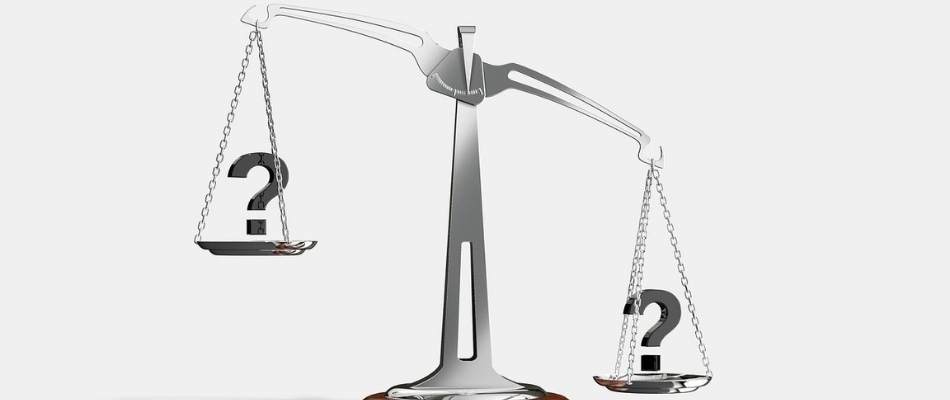
Why is Chi Important to Your Health and Life?
Chi energy is important because it is directly correlated with our level of health and our quality of life. It’s believed that having strong chi energy can have a positive impact on mental and physical health and extend our life. Think of it this way, we all have a certain amount of energy that we use in our time on the planet. If we use it more efficiently we live longer. If the energy is more robust we have a higher quality of life.
A person’s chi is also a barrier against anything that can negatively impact their life. We have all been in situations where we were around sick people and did or did not catch what they had. Or an event or person at work “set us off” and on another day that very same situation was easy to cope with. A person’s chi is important because it provides the protection to not react. When it is low or unbalanced we are susceptible to anything put before us.
Whether you accept the spiritual or historical arguments or not, there is a huge world tradition dedicated to studying and accessing the chi energy systems of our body to improve our mental, physical, and emotional state. Why should you learn about this and why have so many people gone through all the trouble? Because the reported benefits include bliss, intuition, concentration, clarity, and decisiveness.
Again, western science cannot categorically prove what is written here. But history and tradition have provided us with tactical steps for you to experience this “blissful emptiness” with relative ease. Let’s start with the different kinds of chi and then figure out how to improve yours.
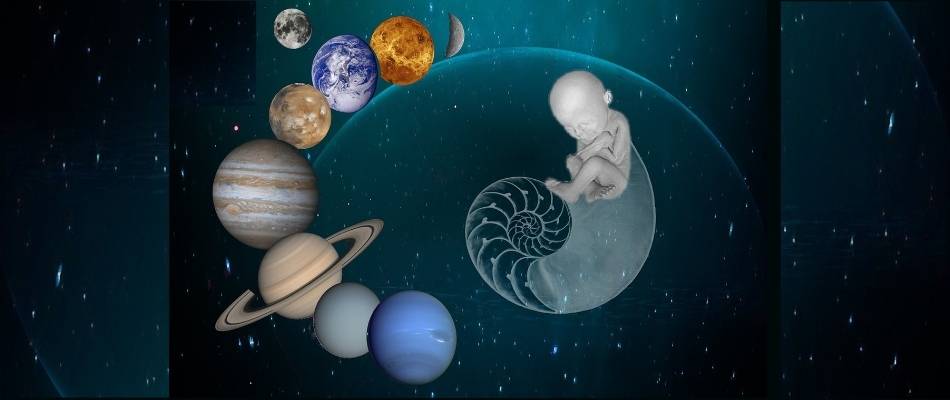
What Are the Different Kinds of Chi?
Part of the difficulty in understanding what chi energy is lies in the fact that there are different kinds of chi energy. These naming conventions are intended to make the concept easier to understand but for most of us it does us a disservice and complicates things.
We need to first remember that chi is energy. We all have an understanding that there are different types of energy from a scientific standpoint and although we know that they exist, we don’t talk about them on a daily basis. For example, you probably have a rough idea what thermal, potential, kinetic, chemical, and mechanical energy are. Can you define them precisely at a dinner party? Me neither. You would have to look them up if the need arose.
The types of chi energy are much the same. They are used to describe extremes and differences. As we will see in the following sections on how to improve your chi, you will just need to be able to identify when your total energy is low or unbalanced and how to go about improving it. The doctors or teachers can worry about the specifics if you don’t want to deep-dive into the books on chi energy listed at the end.
Types of Chi Energy
The different types of chi energy usually describe a force and then show the relationship to another force or a polar opposite. Typically yin and yang chi are discussed together as opposites. Heaven, earth, and human chi describe a relationship between the big picture of life and our role in it. Prenatal and postnatal chi describe what we are given at the start of life and the resources we consume while we are living.
Yang Chi
In terms of our health, yang chi energy is best thought of as covering the skin or being the shape of our body. It is a strong energy that gives us fullness and purpose. It is not solid however, it instead represents the overall strength or fullness of a person’s total energy. In a hot air balloon, yang energy is the heat and air produced by the fire that inflates the balloon and gives it the shape and power to get off the ground.
Yin Chi
Yin chi energy is solid in nature and makes up the physical body. It circulates within the frame that yang creates. Using the hot air balloon analogy again, yin energy is the balloon and the basket and the energy created by the taut stretching of the fibers.
Heaven Chi
Heaven chi energy is described as the sun, stars, and constellations. From a practical aspect, it is the big picture that takes everything into consideration. It is the state of all of the systems and when it is out of balance it has a down-stream effect causing problems on earth and with humans. As an example, too much heat and wind in the atmosphere can cause a fire to burn through a geographic region, and damage our personal homes.
Earth Chi
Earth chi energy is made up of the temperature of the earth and magnetic fields. It is highly susceptible to heaven chi suffering the consequences of bad weather and disaster. It is the idea that you can have too much or too little of a good thing. Too much water causes a plant to mold. Too little and it dries up. The right amount and it thrives. Earth chi gives us the ability to evaluate all energies without passing judgment on them. Nothing is inherently bad or good, it is our use of it that can make it out of balance.
Human Chi
Lastly, and this is the hardest thing to wrap our mind around, we as humans have our own energy field. This is measurable scientifically in many ways. In trying to understand what chi energy is, this important concept lets us consider how we might get sick or have low energy because of poor behavior choices. But we can also be sick or have low energy because of outside influences. The answer lies in non-judgement because the process is the same no matter who’s “fault” it is. Realize that your energy is low and undertake activities to rebalance it.
Prenatal Chi
Prenatal chi energy is the energy that we are born with. It is also referred to as yuan chi or ancestral chi because it is received from our parents. The idea is that through good health decisions we preserve prenatal chi so that it can be used for a longer time, giving us a longer life. I think it is really interesting to read about modern DNA studies and to think about how Chinese medicine conceptualized this idea a long time ago.
Postnatal Chi
Postnatal chi energy is everything that we receive from the environment after we are on the planet. This is all of the food, air, and water that we take in and convert chemically to build and repair our body. It is also called ying chi and is important for us to think about conceptually because it takes into consideration how our daily choices are affecting our energy. For example, a candy bar and a salad are both ying chi. Both get burned up, converted to energy and consumed. But can you see how they are very different “forms of energy?”
Some of this can sound pretty mystical but if we think of it metaphorically, what we are doing is using the natural sciences as a metaphor for what is going on in our life and health. Think about a company going bankrupt and the effect it has on the community and individual (heaven, earth, man). Think about having “bad genes” or a predisposition to cancer and how well those people need to eat and exercise (prenatal and postnatal) to maintain their health. Or think about being at an amazing party but then drinking too much and paying the price the next morning (yin yang). Each description is a form of energy that is out of balance that needs to be corrected.
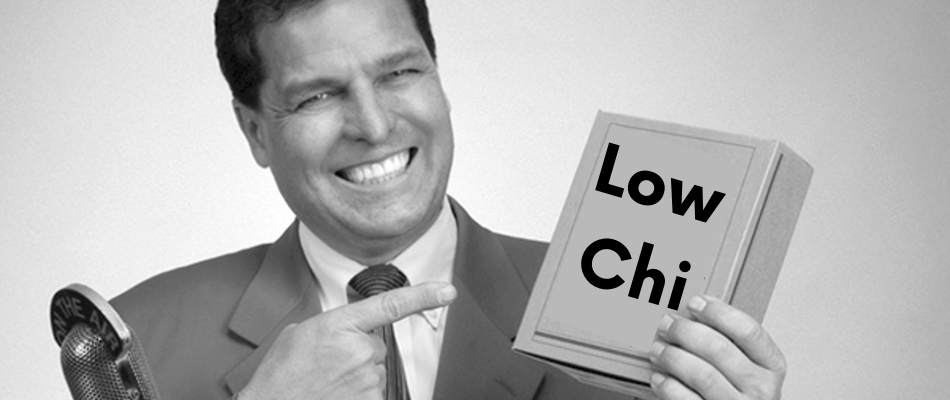
Diagnostics: How to Tell if your Chi Energy is Out of Balance or Low
I can see the commercials now. The camera zooms in on a frustrated man and then a booming deep voice comes in saying: “Are you concerned about low Chi?”
Alas, that will never happen because there is no money in it. Unlike the testosterone industry and their push of drugs for “low T” cures, what I am about to tell you is pretty much free. Not just that the diagnostics are free, but half the things you can do to improve your internal energy are free and the other half are not invasive and darn cheap. Yes, you can take herbs which I will talk about in a second. But those are tailored not just to you, but to you on the day you walk into the herb clinic. That’s not profitable to drug companies.
So how do we tell if our chi is out of balance? Our body is already running the diagnostics and we just have to look for the signs. Every second of every day you are under constant evaluation. A cut on your leg is getting white blood cells. A bad stomach is getting infused with water. Bones are simultaneously being denatured and recalcified. And we don’t have to do a thing.
But what happens when the resources are not there to rebuild the tissue or the water table has run dry? Your body has to borrow. Not too different from running out of bank funds, right? It takes the water from your tissue, it takes the minerals from your bones, it takes the “energy” from somewhere else and manipulates it into the form that is most needed. Hopefully you see that in a straight-forward way that this creates an inequity. Said more plainly, your chi energy is out of balance. When we get to this point with our health there are only two paths forward:
We have to make decisions or take actions to actively rebalance the body or the body is forced to make those decisions for us. This looks like rest, recovery, and nutrition.
Or, your body will make the decision for you. It will take stored nutrients to make needed repairs. This becomes apparent to us because it manifests as not feeling good, nausea, pains or headaches. Sickness can occur because of an immune system that has been compromised. Fatigue and exhaustion can be seen as pleas from your body to reduce energy consumption so that it can use the energy in different ways.
Again, I will state that your body has the ability and desire to continually restore itself. If it is having trouble doing this, it comes across at first as minor disruptions and ailments in our life. If we ignore these secondary and louder calls for help, greater sickness is around the corner.
10 Warnings That Your Chi is Out of Balance
- Constipation
- Fatigue that doesn’t go away with rest
- Feeling of low energy
- Lack of motivation
- Cravings for food that converts to energy quickly (simple carbohydrates, sugars, alcohol)
- Slow healing of wounds
- Dry or dull skin or hair
- Slow growth of hair or nails
- Emotional responses that are atypical for you
- Dissatisfaction with your daily activities such as work
If you nodded along or experience any of the symptoms above, is it a new thing? Is it something that comes and goes or something that is constant? All of us experience life’s discomforts but they should rectify themselves. If you are constantly exhibiting the warning signs that your chi is out of balance your body is sending you messages that it can’t take care of you without a little help.
To balance your chi there are things you can stop doing and new behaviors you can add to your life. Before jumping into that discussion, you need to have an idea of how badly you are affected by low chi energy because it will determine how aggressive you need to be or how many changes you need to make.
The degree of severity is one discussion that is left out of most literature about rebalancing chi energy so here is an infographic that you can use a self-assessment.
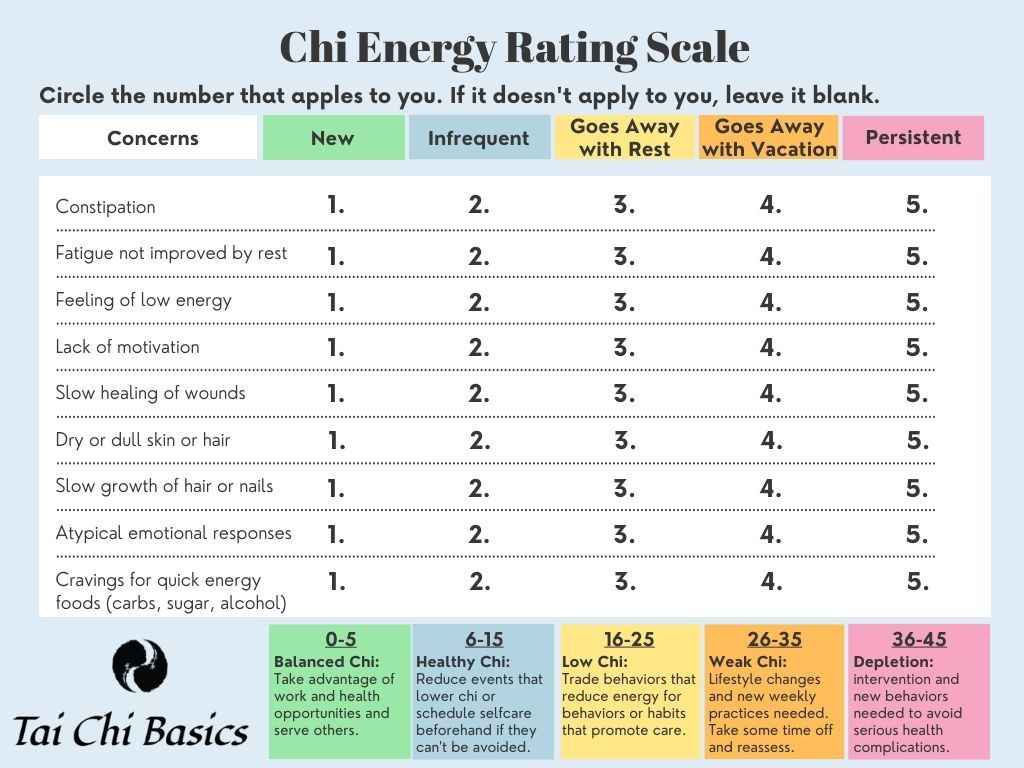
Behaviors that Reduce Chi Energy in Your Body
We are talking about balance right? I don’t want to be disparaging about many of the current resources on how to balance your chi but almost all of them tell you what TO DO, not what to STOP DOING.
Any discussion about balance has to include both suggestions to avoid and add activities because the ultimate goal is to end in the center.
Improving our life can often be easier than we think. We are a culture that typically add things to our lives to make a change. We exercise more, take vitamins or medicine, and begin programs. Sometimes the best solution is to do nothing.
Think about it, when you are not feeling well what is your body’s natural reaction? To do nothing. Overwhelmed at work? Zone out in front of the TV. Catch the flu? Lay in bed. Catch a cold? Lose your appetite and don’t eat. Twist your ankle? Swell the joint so you have to stop walking. I think that comparing our usually decisions to our body’s innate intelligence makes us seem rather silly at times.
Following this train of logic, it’s clear that there are a lot of things that we can stop or reduce which will give us dramatic results.
10 Behaviors that Reduce Chi Energy in Your Body
- Over-eating
- Over-exercising
- Immobility (lack of exercise)
- Immobility (stationary for a long period of time)
- Over-working (total volume)
- Over-working (long stretches without breaks)
- Social isolation
- Ongoing poor nutrition
- Staying inside and reduced light exposure
- Indulging in negative thought patterns
If you are like me, you are probably surprised that the things that reduce chi energy in your body are not all bad things. You can work hard or exercise hard with really good intentions. That doesn’t mean it’s good for you. You’ll also notice that stress, obesity, and physical illness are not on the list. Those are outcomes from your behaviors or outside of your control. Just reduce what you can and swap out or add chi energy building behaviors.
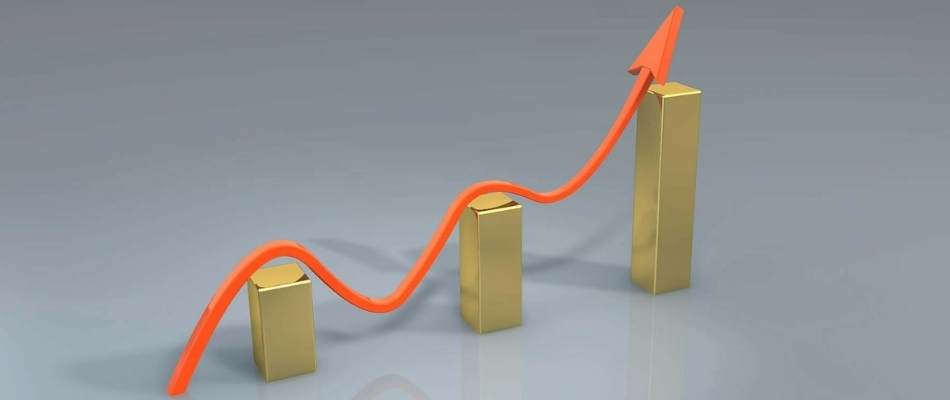
Research-Based Ways to Increase Your Chi Energy Flow
Chi energy might be a new topic for you or at least a new theoretical way to see how to improve your health or your life. But institutions, religions, medical communities, and spiritual paths have been working on ways to increase or balance chi energy for thousands of years. What we are left with is an enormous menu of ways to reduce our specific chi deficits with practices that match our lifestyle, budget, and interests.
There are 12 primary practices focusing on the development and improvement of chi energy flow in your body. There are definitely more than these twelve. However, this list includes practices that are available in most communities and have some research to back up claims that chi energy healing is taking place.
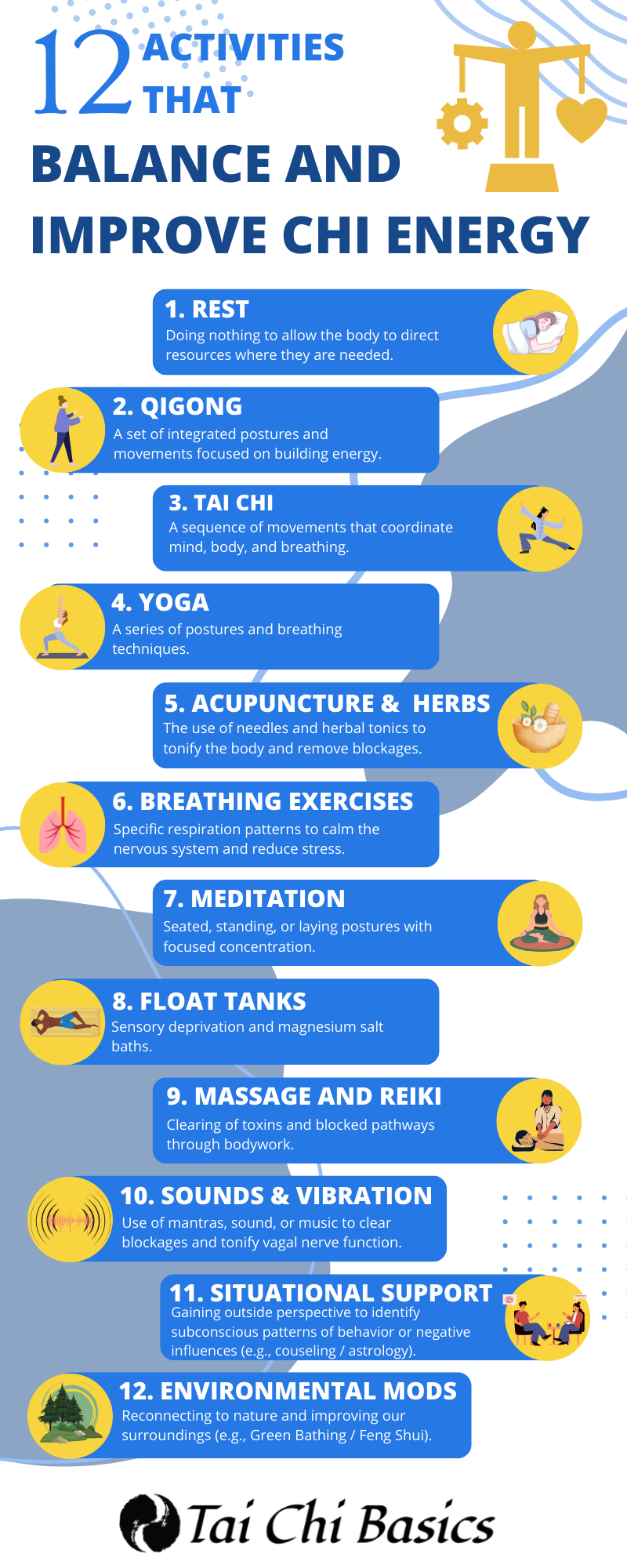
1. Rest
I am starting with the most important way to balance your chi energy: do nothing. Seriously. Stop, sit, laydown, sleep, leave, disconnect. This is number one for a reason and possibly the most difficult. Rest requires us to not-do something which is very difficult culturally. Not only are most of us doers, but there are negative connotations to resting such as being lazy and even the biblical accusation of sloth.
Secondly, this is difficult because it goes against modern medical conventions. What we are saying when we rest, is that the body is more intelligent than we are. If we give it the time and energy needed, it will decide where to send it to help us out. This is a far cry from taking a drug to address a symptom.
Thirdly, as we shared above, this is exactly the decision the body makes every time it needs us to slow down so it can rebuild and redirect our chi energy. We experience fatigue, lack of motivation, are not engaged, and seek passive activities like listening to music and watching shows. These are signs from your body that you are getting in the way and you need to hand over the work for a bit.
2. Qigong
Qigong tops the list of activities to harness chi energy because it is a practice that was designed specifically for finding, building, and moving chi energy throughout the body. This doesn’t mean that it is more effective (for you) than the activities that follow. It just has 2000+ years focusing on chi development as its sole pursuit whereas the following ways to balance chi have it as a benefit. To get started, read this essay about how qigong works and then check out these ways people are starting to learn qigong to build energy. You can also find some videos online to try it out for free.
3. Tai Chi
Tai chi is one of the top three internal martial arts which by definition relies on a system of movements to train and cultivate chi energy. The movements of the form clean, warm, and build energy so even those who aren’t familiar with chi at the beginning are still getting the benefits. If you are considering tai chi learn more here and if you are already practicing, learn about how the movements of tai chi are connected to chi energy flow and impact your life inside and outside of class.
I would put tai chi and yoga on the same level for using chi energy to rebuild and balance your health. You can be in a conversation with either practitioners and they describe nearly identical benefits and reasons for why they practice. More than anything I think it comes down to which one they enjoy more.

4. Yoga
The stretches, postures, breathing, and meditations of yoga are designed to awaken or access dormant energy that lies within the body to improve health and wellness.1 While Chinese medicine discusses clearing blockages of chi energy flow, yogic traditions discuss opening Chakra energy centers for a similar effect.
Being an art developed in India, the body’s energy is referred to by the Sanskrit word “prana.” Coincidentally, prana in Sanskrit can be translated as breath just as chi can be translated as breath in Chinese.
5. Acupuncture and Herbs
Acupuncture and the use of herbs are the most common modalities to enhance chi energy healing. Unlike qigong, tai chi, and yoga, they rely on a medical practitioner diagnosing a specific chi energy deficit and prescribing herbs, acupuncture, or both to get things flowing again.
Whereas the moving arts target the system as a whole, herbs and acupuncture are very specific. An evaluation identifies deficient chi based on organ function, client report, and appearance. Energy can also be found to be in excess and therefore needs to be reduced or released.
6. Breathing Exercises
Newest to the western world but probably the oldest known way to improve our energy and disposition is the use of breathing techniques. Major religions, spiritual pursuits, warriors and hunters, athletes, have all had traditions of modulating the breath. Each purpose is different but the outcome is the same. It calms us, centers us, makes us immediately present and aware of what is taking place around us.
What has popularized it in recent times is the science that has come around2 to legitimize the physiological effects of breathing techniques on our health and wellbeing. The science is needed because breathing techniques seem too easy and too inexpensive to make such a huge impact in our lives.
Here are four powerful breathing techniques to experiment with and get you started. If you are a tai chi practitioner, here are 9 guidelines to see how breathing techniques can be incorporated into your practice so that you are enhancing how your chi energy develops during the form.
7. Using Meditation
Everyone should be meditating. Everyone. Call it meditation, prayer, or contemplation to fit your cultural beliefs, but just start learning. I am so excited to see so many famous people admitting to the fact that they meditate and how it has positively impacted their lives. In his book Tools of Titans (ad), Tim Ferriss interviews billionaires, icons, and world class athletes. This is a huge variety of people who are all performing at the top of their communities. And what do they have in common? You guessed it, meditation.
No one can be performing at the top of his or her game without the physical energy and mental clarity to support it. Meditation directly impacts chi energy flow by calming our system and dealing directly with social or emotional problems that might cause us to disconnect or sap our power. This is further down the list because it is something that needs to be learned and improved over time. First you need to find out why meditation is important so that you have the needed buy-in to stick with it and then you need a practice that is simple so that you can immediately feel the effects.
At times life can be overwhelming or we might not be able to make decisions to take care of ourselves. In our list of activities that promote chi energy healing, this marks a turning point because in the following suggestions we are relying on experts in our community for health visits to get us jump started. These are some of the easiest to do because you just need to make an appointment and show up but they also need to be repeated to be really effective if your chi energy is low. I also use many of the following techniques as a hedge against sickness when things get really stressful.

8. Float Tanks
The research for the efficacy of floating3 is extensive. It has been proven to reduce pain from injuries, jumpstart healing, and improve mood. Basically, you lay in a shallow tank of water that is room temperature. It is filled with hundreds of pounds of magnesium salts which your body absorbs. And it is enclosed and pitch black although you can opt for low lights and music.
Full disclosure: I love float tanks! If you have a place to go in your area, definitely try it out or scout out a business on your next vacation to a bigger city. This is really a personal choice. I know people that love this and others who think it is the worst idea. I can tell you from experience that I have left floats feeling like I do at the end of vacation. I have even fallen asleep in there in such a deep and profound way that I jolted awake because I thought I was falling.
9. Massage and Reiki
Massage and Reiki are extremely effective at balancing chi energy. It’s here where we take a mechanical approach to get the body to function better. Think about it like this: The body makes and uses chemicals to get us through our day. These are produced within the body or transformed from air and food. The organs are filters that process fluids that carry these chemicals and shuttle them out of the body through waste. If you have an excess of chemicals or are dehydrated, these can be stored in the body. Massage and reiki not only help move them along but also remove any knots or tensions that might be obstructing the process.
Massage just feels great. Don’t wait until it is too late when you “need” a massage. Don’t wait until you are too sore after a workout which stops you from working out. Don’t consider it to be selfish. There are people in your life who are relying on the fact that you are taking care of yourself.
Rounding out our list of activities that promote chi energy healing we have to head into the weird. If you have come along on this journey long enough and now believe that you can affect your body’s energy, then hang with me while I talk about the last three modalities. Like I said, there is a way for everyone to afford and find a way to build and balance their chi energy.

10. Healing Sounds and Vibration
Let me start with the science so we understand how and why sounds can be used to improve chi energy flow and harness chi energy. Everything in life vibrates at a certain frequency. Sound is the easiest to understand because we can hear changes in pitch and tone. Color is the vibration of a visual frequency. Solid objects vibrate at a specific frequency. The denser the object, the deeper and stronger the frequency needs to be. For example, even a wooden table will vibrate when a plane flies by.
Accepting these scientific truths, the next step is to understand that we are made up of tissues of different densities. Frequencies can be used to vibrate tissue and bone, thereby stimulating a relaxing and healing response. Specifically, scientists are studying the response of the vagal nerve to reduce pain, treat epilepsy, and improve GI issues4. Here is an introduction to meditative tones that can be used for healing and wellness. Tones are also being used to enhance cognition and harness chi energy.
11. Situational Support – Counseling / Astrology
Some of our biggest problems in life are hard to overcome because we don’t have the perspective to be able to understand what is going on. This can be due to the fact that we lack experience or our mind is trying to protect us so we can’t clearly see how our behaviors might not be benefiting us.
This is where talking to other people comes in. Systems like counseling and astrology provide a framework to probe into areas of our life that we may have not considered. Supporters of these approaches often credit the interactions as being the thing that changed their life and allowed them to move forward.
Environmental Support – Green Bathing / Feng Shui
Last on our list of things to promote chi energy healing is considering the effect that our environment has on us. This is not last because it is least important but because we all vary in the degree that we are affected by our surroundings. Some people have never considered it and some people are deflated or elated based on where they are.
If this is a new concept for you, consider trying it because it adds a lot of joy back to our lives and is really surprising how much it can help us change our disposition.
Green Bathing is a modern idea on an age-old practice of just getting outside in nature. Walking, standing, sitting, reading, taking your shoes off, getting sunshine. Think of how great the ocean feels. There is science suggesting that an unhealthy person actually carries too positive of an ionic charge which can be dispelled by “grounding” in nature.
Feng Shui takes a different approach. We can’t alway leave our office and head out into the park every time we get stressed. Feng Shui suggests that we modify our environment so that it contributes to a flow that is more harmonious with our current disposition.
What I like about environmental changes is that it reminds us that we are not some disconnected entity but are actually connected to the people and places around us. They affect us and we affect them.
Top Chi Energy Books
I hope the information above makes clear that we have or are energy. There are ways we are reducing it. And there are ways we can build it. Try any one of the suggestions above and take note if there are positive changes in our life. After that, there are five books that support the process with more information on chi energy. I’ve included links to Amazon here for your convenience:
The Book of Ch’I: Harnessing the Healing Forces of Energy
Wheels of Life: A User’s Guide to the Chakra System
Chi: Discovering Your Life Energy
Chi Energy – Activation, Cultivation And Flow


